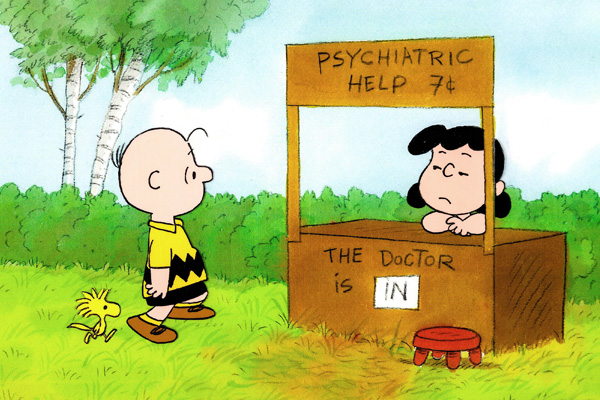“HOW DOES THAT MAKE YOU FEEL?” –
March 26, 2021 – Perhaps the language of mental health is burgeoning because actual mental health is declining. According to one report, nineteen per cent of adults experienced a mental illness between 2017 and 2018, an increase of 1.5 million people from the previous year. covid-19 has correlated with soaring rates of depression and anxiety, especially among young people. (In one study, conducted last September, more than half of eleven-to-seventeen-year-olds in a screening of 1.5 million said that they’d thought about suicide or self-harm “nearly every day” for the past two weeks.) A growing awareness of mental illness may be prodding these numbers even higher, although our everyday lexicon still lags behind the science.
“We live in a lonely country,” Darby Saxbe, an associate professor of psychology at the University of Southern California, told me. “There’s a lot of genuine distress.” But if the make of the therapeutic chassis hasn’t changed, the past few years have driven it somewhere new. Therapy-speak’s expressive and confessional qualities implicate Freud, and yet its aim, its attention to grounding behavior in care and respect, suggests a rival influence: the psychoanalyst D. W. Winnicott, who was known for his gentle portraits of early childhood.
Consider“holding space,”a standout in the new vernacular. The words often appear as a verb phrase, which the Gender and Sexuality Therapy Centerdefines as “putting your focus on someone to support them as they feel their feelings.” (This, in turn, can be tweaked to “holding” or “holding feelings.”) But the concept of the holding space, or the holding “environment,” grew out of Winnicott’s writings in the nineteen-fifties and sixties, when he broke from his peers at the British Psychoanalytical Society. While his colleagues were bent on studying the fallout of repressed yearning, Winnicott cast back to his patients’ pre-Oedipal beginnings, training his eye on the elemental processes that buttress the self.



